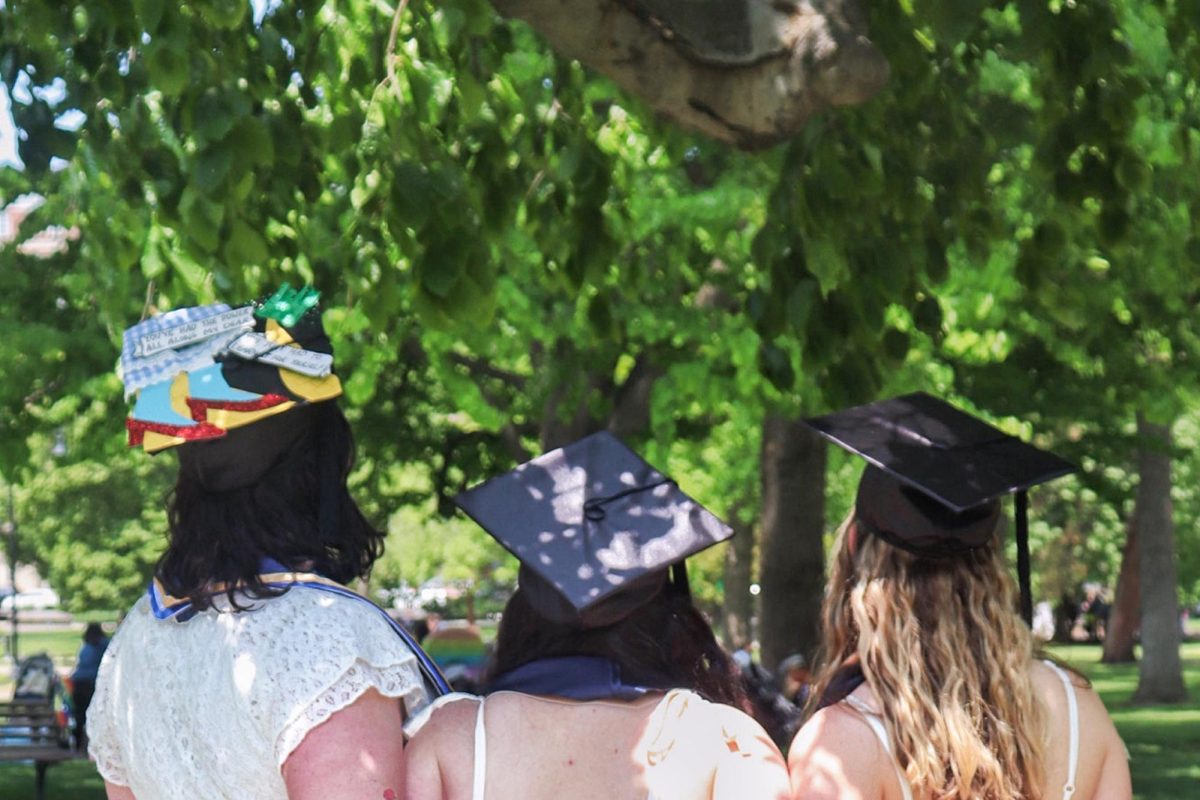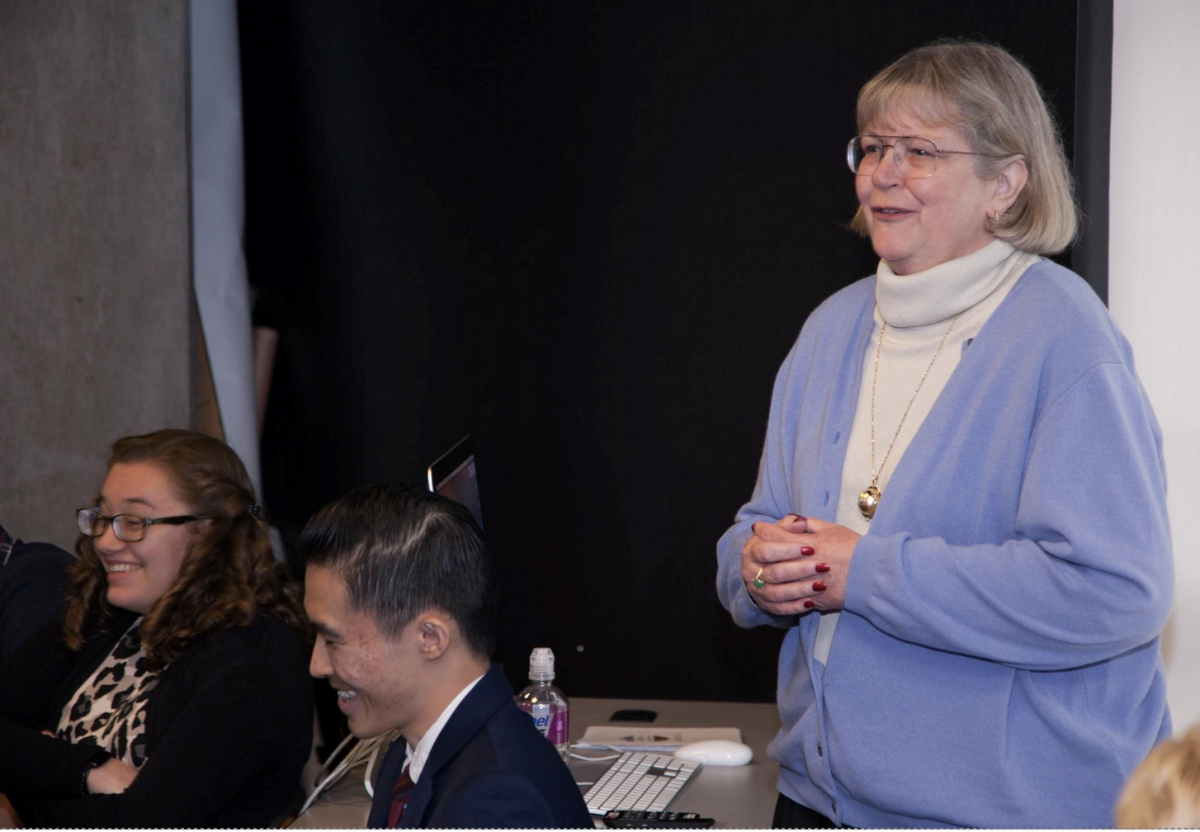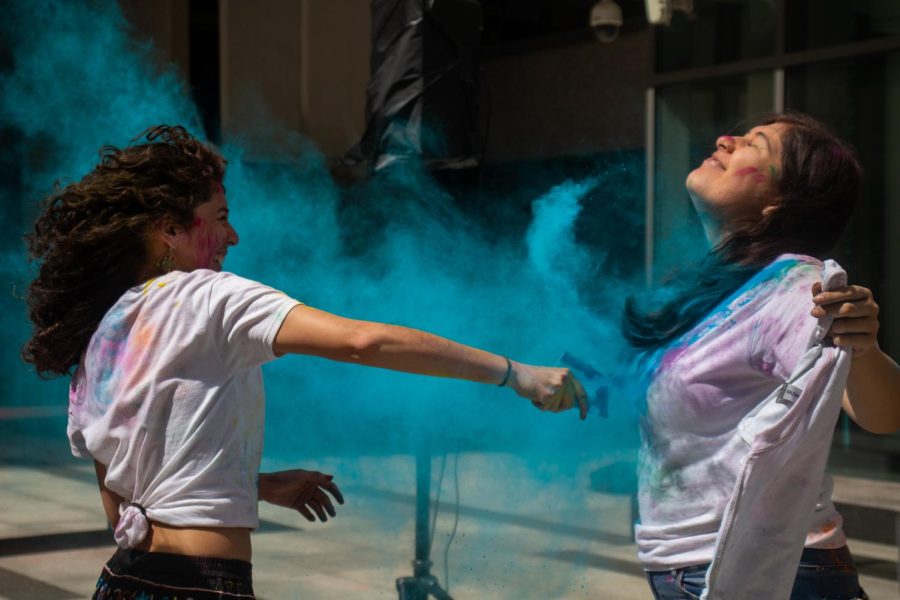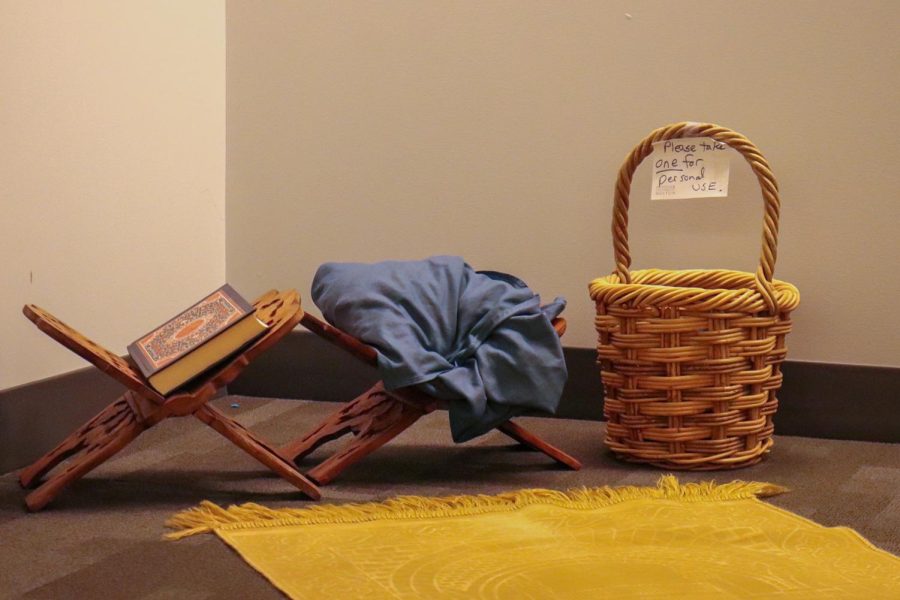By Sylvain Gaulier
Colorful skulls, food, and testimonies to dead celebrities launched the festivities. Last Friday, as a large crowd of students gathered on the fourth floor of Donahue to celebrate “el Dia de los Muertos.” This was the second consecutive year the Spanish Club honored this event celebrated throughout Latin American countries.
This year’s celebration featured Latino music, traditional Latino food, and activities including charades and piñata. Students enjoyed the festivities highlighting Mexican’s culture.
Suffolk student, Ivan Cuevas, explained the significance of the event historically and culturally, “It dates back from the Spanish colonization in Mexico” said Cuevas.
El Dia de los Muertos combines Aztec rituals and Catholic beliefs to honor the dead in a positive manner on Nov. 2. It celebrates the dead with food, drink, and activities to bring back positive memories of the deceased.
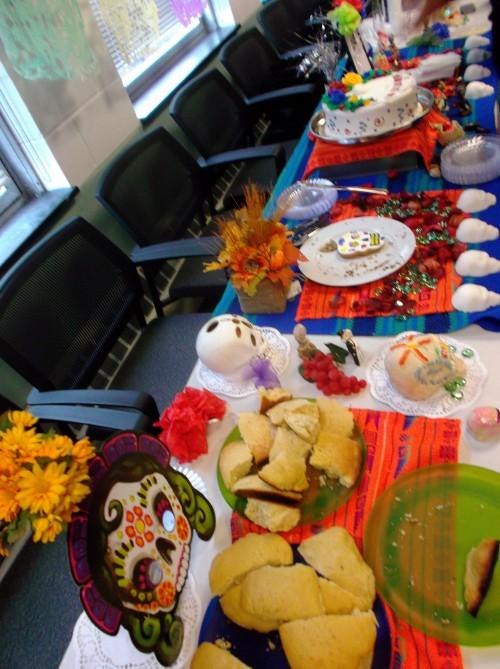
“We usually decorate the graves of the deceased with flowers as well as objects that the dead enjoyed in life,” Cuevas said.
“Death” is personified through a female-dressed skeleton figure named “la Calavera Catrina,” incarnating a parody of upper-class females. Other important symbols are skulls and food. Skeletons are often portrayed as enjoying themselves while riding a horse or playing music.
Many societies have developed rituals to ease the grieving process and help the deceased reaching their new metaphysical state. Aztecs used to go to graves to pray, dance, sing, and leave offerings catering to the deceased needs. Later, on All Saints Day, Spanish colonizers dropped off bread, wine, and flowers to the grave stones. This act was meant to soothe hovering souls.
Today, El Dia de Los Muertos is celebrated the day after All Saints Day on Nov. 2, whereas the Aztecs celebrated the first harvest with the living and the dead at the beginning of the agricultural calendar. In remembrance of the dead, altars are built in houses, schools, or public buildings. Some people also open their doors to visitors to share the offerings made to their dead relatives.
One one side, some people unfamiliar with the holiday are uncomfortable with the idea of dealing with death in a cheerful manner. On the other side, el Dia de los Muertos may constitute an opportunity to start a conversation about death. While it is criticized by some people because death is ridiculed, it offers a medium to talk about an often touchy topic. Finally, it reinforces the fact death is a natural process of life.
Cuevas concluded his speech declaring “I’m glad to share this tradition with you.” This Latin American celebration sent a message of openness to the whole Suffolk community. Students discovered a new tradition while indulging in sweets and savories.


